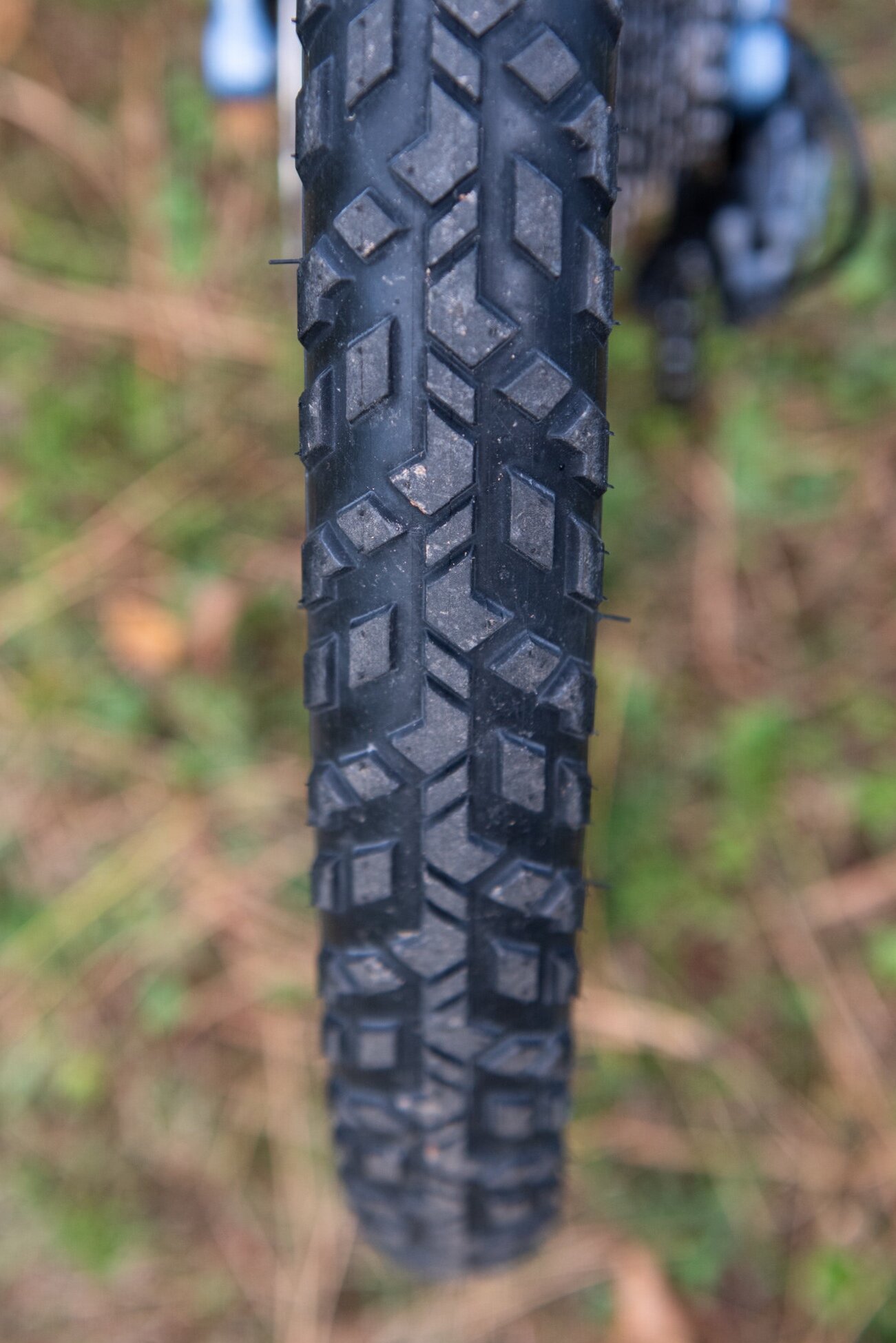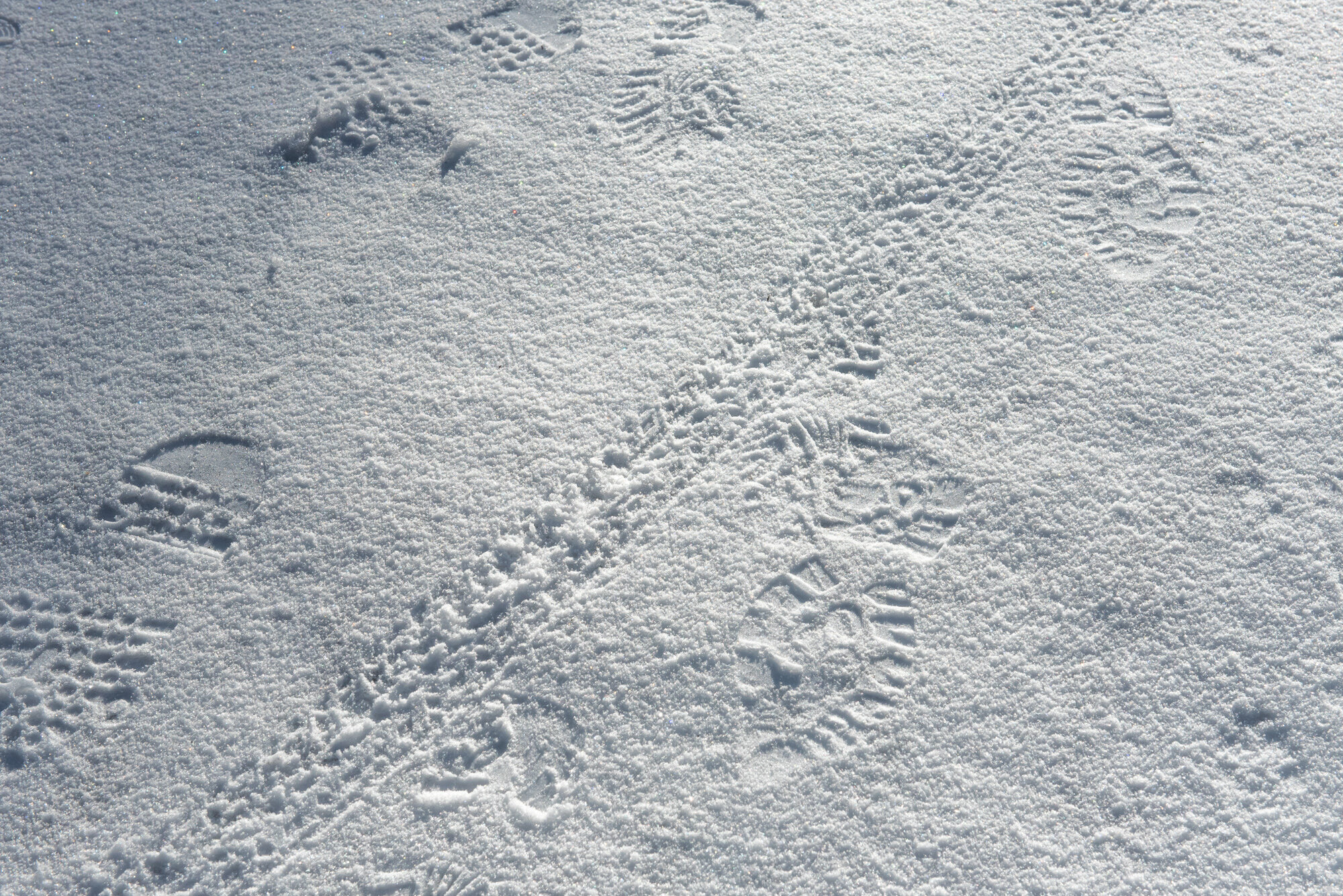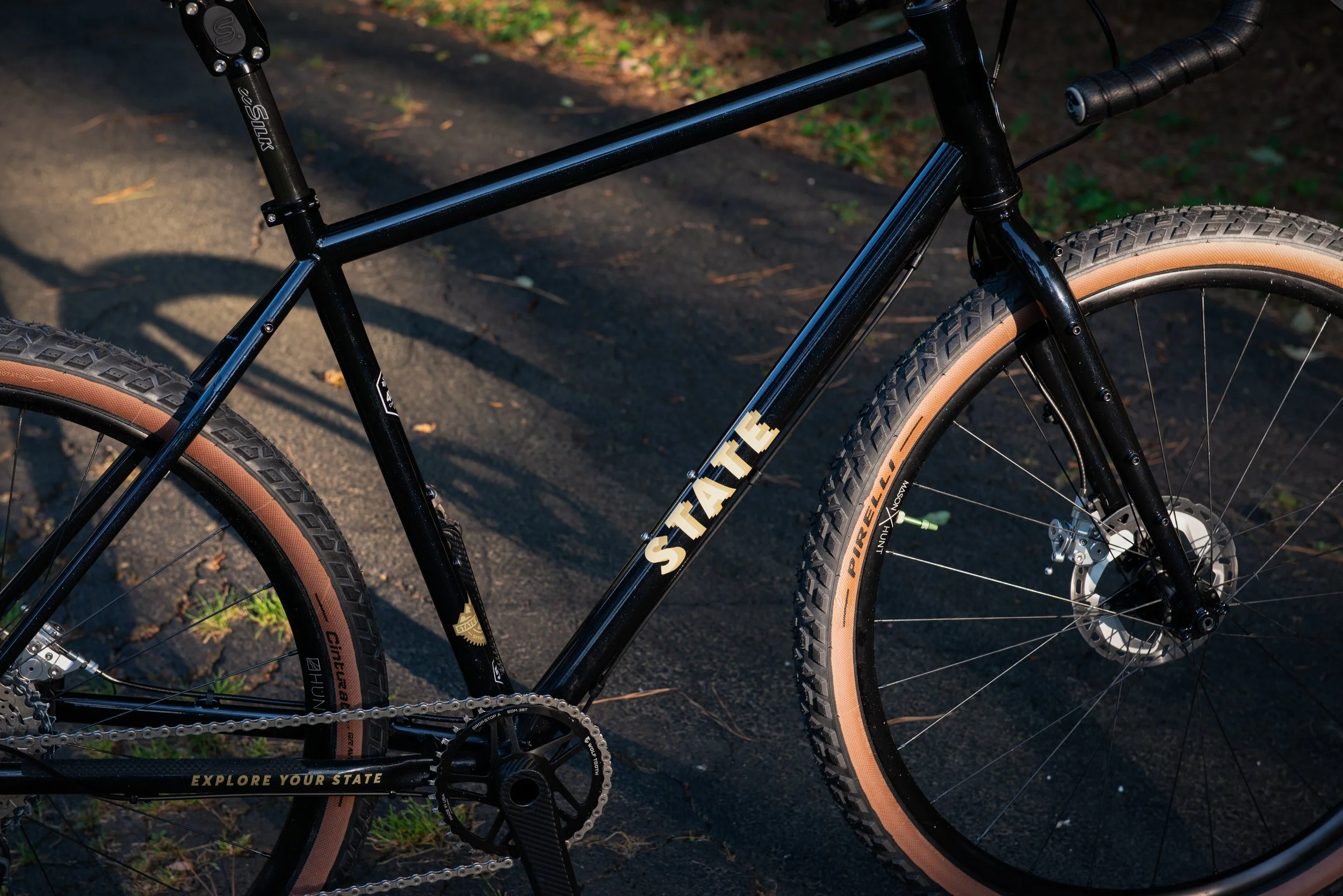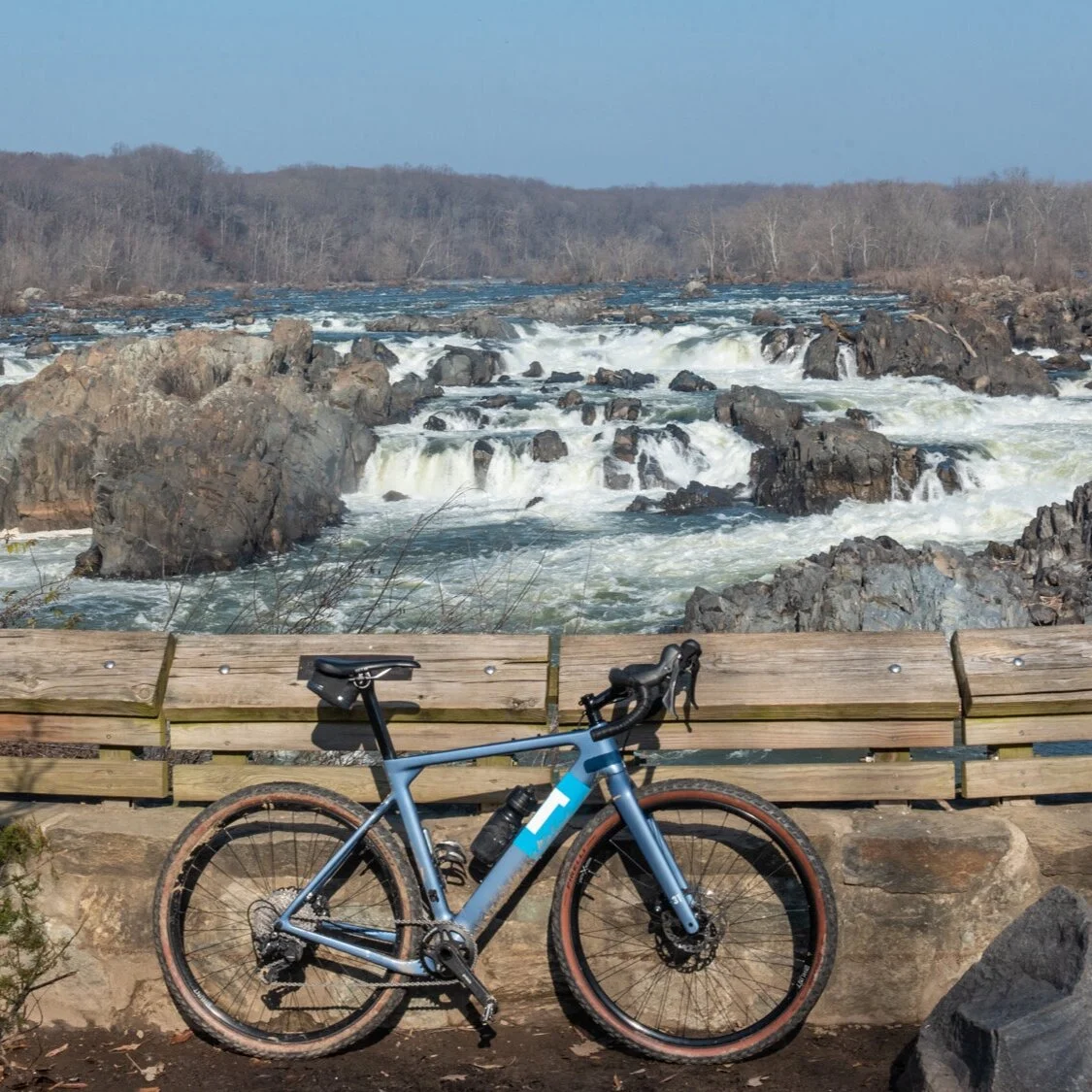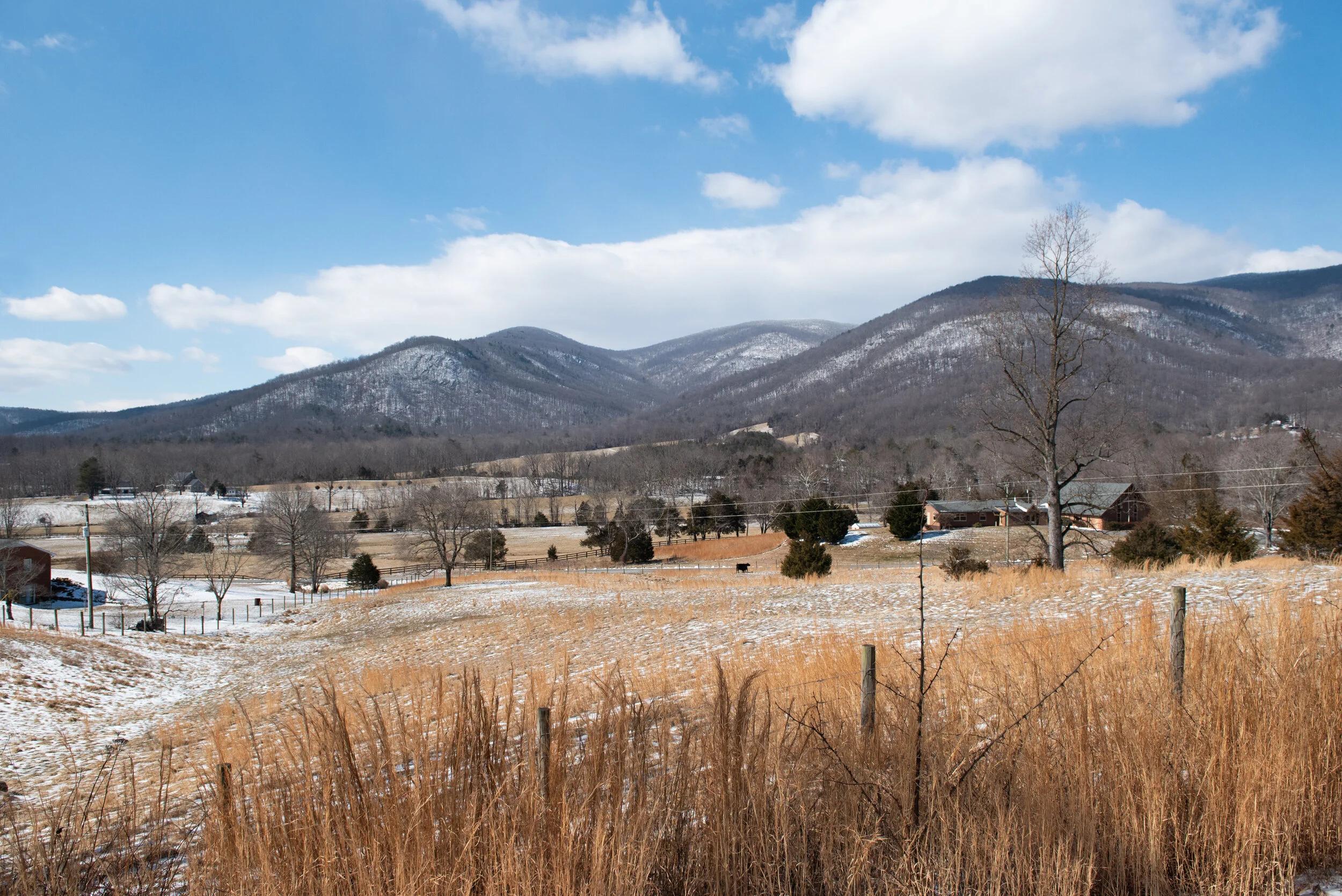Pirelli Cinturato Gravel M 50x650b Tire Review
Disclaimer: This post contains affiliate links, through which we earn a commission.
Gravel bikes are marketed as a “go anywhere, ride anywhere” vehicle that can take on everything you can throw at it. While the bikes themselves have certainly evolved immensely over the last few years to become better suited to go off the beaten track, the credit cannot solely go to the development of frames and components. Tire choice is just as crucial when it comes to a gravel bike’s ability to take on the unknown. Tire width, tire pressure and tire thread all contribute greatly to where and how the bike can be ridden. With this in mind, I recently decided to go all in with my gravel bike and maxed out the tire size that I can run on my 3T Exploro. I decided to go with the whopping 50mm wide Pirelli Cinturato Gravel M tires fitted to 650b wheels and the result has been the most entertaining bike setup I’ve ever ridden. In this post (and the review video that goes along with it), I’ll walk you through my experiences with the Pirelli tires and provide a breakdown of its performance thus far.
Bike Upgrade – Why 650b?
I’ve long been intrigued by the 650b wheel size and the riding possibilities that it opens up. What makes the 650b wheel size unique, is the smaller wheel diameter when compared to a standard 700c size wheel, allowing additional clearance for bigger/wider tires. The 650b size is not all that new, and when the diameter is expressed in inches, the wheel measures in at 27.5 inches, a wheel size that mountain bikers have been using for quite some time. Smaller wheels are also more agile and can provide a snappier experience when it comes to riding over (or around) more technical terrain. That’s exactly what I was after in order to open up a bigger spectrum of places to ride with the gravel bike.
The Fulcrum Racing 7 (700c) wheelset came standard with my bike. It started giving me endless headaches a few months back, so I decided it was time to add another wheelset to my collection. I figured that it was the perfect opportunity to dive into the world of 650b wheels for the first time. I’ll still provide an in-depth review of my new 650b wheels in the future, but I ultimately settled on the Mason x Hunt 650b Adventure Disc wheels. After the purchase and with the wheels in the mail, I worked on picking out the perfect tires that would go along with it.
The list for potential tires wasn’t all that long and I was actually able to narrow the search down fairly easily. The main criteria included finding the widest possible tire that could fit in my frame, while also one that provided loads of traction. The Pirelli Cinturato Gravel M 50x650b quickly stood out as a clear winner in my search, due to favorable comparisons on the grounds of thread pattern, tire width and the weight of the tires.
Next up, I’ll walk you through some of the key areas that made this tire stand out and also look at how it performed throughout my first 700kms (~430miles) of ridding. Let’s get started.
Thread Pattern
Thread pattern was something I was particularly picky about during the search. This filter instantly ruled out all of the slick tires that you find in the 650b tire category, since they were simply not going to get the job done on the rocky technical trails that I wanted to ride. I was specifically looking for a pattern that could give lots of bite on the wet and muddy trails, but at the same time I also wanted a “fairly” solid center thread that would allow for faster riding on hard pack gravel roads.
Here are a few of the options that made the list with a brief description of why I didn’t select them:
WTB’s Byway – This tire definitely has the center thread box solidly ticked, but the rest of the thread just looked like it might not offer all that much in terms of grip.
WTB’s Sendero – This tire ranked very high on my list and it was very nearly the one that I purchased. The thread pattern of the Sendero tires is as aggressive as they come and would have been perfect for technical trails. Obviously with such an aggressive thread pattern, going on regular gravel roads (and paved roads) would have been more difficult, given the additional rolling resistance. In the end, I needed something better suited for a mixed surface.
Panaracer’s GravelKing SK – I’ve never really been able to understand this thread pattern. In my opinion, it’s not quite aggressive enough, but at the same time also offers a fair bit of traction down the center line of the tire. Given the confusion, I decided to exclude this tire from my options.
Rene Herse’s Juniper Ridge – This aggressive pattern would once again have been great for rugged trails, but I doubted the road and gravel performance of these tires. Rene Herse is also one of the more expensive brands on the market, which made it difficult to justify this purchase.
Terravail’s Washburn – This was once again a tire with a great center thread, but the heavy weight of these tires, and some of the negative online reviews, ruled them out for me.
That bring us to Pirelli’s Cinturato gravel tire line-up. Pirelli has long been in the tire game, but has only recently jumped into the gravel scene. They offer two types of thread patterns on their gravel tires: The Gravel H and Gravel M patterns. The names are fairly self-explanatory, with the H indicating the suitability for hard surfaces, while the M represents their mixed surface tire. I think that you’ll be able to tell that my requirements for a 650b tire leaned heavily towards the need to have an all-round mixed surface tire and I ultimately decided to go with the Cinturato Gravel M.
You’ll notice that the center thread consists of a few loose standing, yet tightly spaced knobs. This “smoother” center line creates an ideal surface that allows for faster rolling over harder surfaces. I’ve taken this tire out on a few longer adventures along the gravel roads in Loudoun County, a place that’s filled with fast, hard pack gravel roads. I’ll mention more about the performance in a later section, but the thread pattern allows for an enjoyable ride along these roads and it never feels like I’m being held back by the tires.
Towards the outer edges of the tire, you’ll find that the knobs are spaced further apart, which provides excellent grip in all kinds of conditions. The knobs are raised semi-aggressively, but certainly less than what you’ll find with tires like the WTB Sendero & Rene Herse Juniper Ridge tires. Even with the lower height of the Cinturato Gravel M’s knobs, I have not once felt that it compromises the grip, and I’ve instead been blown away by how much traction this thread pattern provides. The knob spacing furthermore allows for excellent mud shedding when conditions get dirty.
Pirelli really did a great job to strike the perfect balance between rolling efficiency and grip to make the Cinturato Gravel M tires ideally suited for a wide variety of terrain. Simply stated, this tire can rightfully lay claim to the mixed surface categorization as the name suggests.
Tire Width
The next consideration was the tire width. Pirelli offers two tire widths in the 650b size - both a 45mm & 50mm option. As mentioned earlier, I wanted to run the widest possible tire that could fit into my 3T Exploro’s frame. Fortunately, when paired with a 650b wheel, the 3T offers loads of tire clearance. Their website claims that one can even run a 55mm (2.1-inch) wide tire when using the smaller 650b wheel. The bottom line was that my frame was not necessarily the limiting factor when it came to the tire width. In fact, most of the tire options that I mentioned earlier come in well below 3T’s tire clearance claim: Byway (47mm), Sendero (47mm), GravelKing SK (48mm), Juniper Ridge (48mm) and Washburn (47mm).
Pirelli’s additional tire width was definitely one factor that helped sway me in their direction during the search for a suitable tire, because as every self-respected gravel cyclist can tell you - every millimeter matters. The 50mm wide tires fit into the 3T’s frame with no issues and leave just enough room on either side to allow for some additional wiggle room. That said, the amount of space is not all that great, and I fear that if I break a spoke and the wheel gets thrown terribly out of true, it might just lead to some serious tire rub on the frame.
A massive positive with the Pirelli Cinturato Gravel M tires has to be their actual measured width. Unlike other tires that run wider (or even narrower) than claimed, the Cinturato Gravel Ms came in at exactly 50mm when fitted to my 25mm internal rim width wheel. Should these have come in much wider than stated, I could have had some clearance issues. Fortunately a snug fit is what I ultimately got, thanks to accurate product statements.
The 50mm width offered by the Pirelli Cinturato Gravel M tires has provided endless confidence when it comes to trickier riding conditions. I can’t express enough just what a great feeling it is to hit a technical section along your ride, knowing that your bike will be able to stand up to the challenge. I’ve thrown a lot at these tires and they have not missed a beat.
Tire Pressure
Having the correct tire pressure is key when it comes to gravel cycling. It’s such a simple concept, but by simply changing up the tire pressure, you can dramatically alter the way that a bike feels and performs on gravel. It’s certainly true that a lower pressure will smooth out the ride, but a super soft tire in turn adds lots of rolling resistance that can slow you down.
I really wanted to smooth out my challenging gravel routes as much as possible and choose the wider 50mm Pirelli tires for the reason of wanting to run them at lower pressures. There was however a slight catch in this regard. While doing my research on the tires, I could not find official statements online about the recommended tire pressures for the Cinturato Gravel Ms. It was only after I received the tires and inspected the sidewalls that I learned about the 29 PSI to 58 PSI recommended pressure range. The upper limit doesn’t bother me too much, but I have to say that I was a bit disappointed to see a fairly high lower limit - especially for a tire of this width.
The whole purpose of having wider tires was to run them at softer pressures (perhaps around 25 PSI). The minimum stated 29 PSI just didn’t seem like it was going to provide the super smooth ride that I was looking for over rougher surfaces. After lots of miles and playing around with the pressure, I think I’ve finally nailed down a pressure range for my setup which falls (mostly) in line with the recommendations from Pirelli. I know everyone will differ due to their specific bike setup and body weight, but this is what I settled on:
28 PSI on rough gravel/trails. Yes, this falls slightly below the minimum, but I decided to just go with it. Ideally, I’d like to be lower, but at 28 PSI, I still get enough of the smooth ride that I was aiming for, without venturing too far from the recommended pressure range.
30 PSI for regular gravel. This pressure creates a firm ride, but it still provides just enough cushioning to make it comfortable over easy-to-moderate gravel roads.
34-36 PSI for paved roads. When set at this level, the tires are fairly unforgiving, and I can’t really take them over rougher surfaces. I mostly only use this pressure on days when I will be doing pure road riding.
Clearly this is a fairly tight range and I really have to be careful to get the pressure right for the given terrain. When the tires are set correctly, the ride becomes truly enjoyable and the tires deliver exceptional results.
Tubeless Setup
Going tubeless was an absolute must considering the places I want to ride with these tires. It’s certainly worth mentioning that the process of getting the tires fitted to the bike was a fairly easy and straight forward one. I had no issues with the tubeless setup and have had no issues with the tires since they’ve been fitted on the bike either. They simply get the job done.
The tires went onto the rim without too much hassle and I really didn’t need to resort to any kind of extreme measures to get them fitted. I always seat my gravel tires for the first time by way of a compressor pump and this too had no issues to get the tires correctly seated on the rim. I know it seems like a fairly boring aspect to include in a review, but when it comes to getting the tires operational, I guess boring and straight forward is a big positive towards the Pirelli Cinturato Gravel M tires.
Ride Performance
So, the tires come with an excellent thread pattern, measure in favorably, inflate well and fit easily. But how do they actually perform out in the real world? In this section I’ll discuss performance and break down the various scenarios of where I’ve ridden them. Let’s get started and look at the performance across gravel, paved roads & extreme conditions:
1. Gravel
Obviously, the tires were designed for this particular surface and it’s where you would expect them to perform their best. Sure enough, they do an excellent job on gravel roads. As mentioned earlier, my testing ground for this type of riding was on the beautiful gravel roads in and around Loudoun County, Virginia. The roads in this part of the world consist of a wide variety of surfaces that include fast hardpack roads, steep climbs with loads of loose gravel and also numerous unexpected washboard sections. I was able to take the tires over all of these surfaces and they performed flawlessly each time.
The grip that I get from the tire pattern is truly exceptional, especially when it comes to the steep loose uphills. The endless traction that I get from the Gravel M thread definitely stands out as the major highlight about this tire. Whether you’re a newbie looking to gain some confidence on gravel or an experienced rider looking to push harder over more technical parts of a course, the grip from these tires is something that will surely add to your ability to tackle unknown gravel roads. I can think of numerous instances on my rides where I was able to confidently accelerate onto the steeper hills while stomping down hard out of the saddle. Only on rare occasions did I experience a slip of the wheel.
The tightly packed center thread keeps the rolling resistance moderately low and this in turn allows for a good amount of speed over the hardpack surfaces. It’s not the fastest tire on the market, but in my opinion, it strikes the correct balance between speed and stability. The outer knobs do a great job to provide the stated stability and when leaning into the looser corners, you almost get a sense that the tires keep pushing you to the upright position. I’m legitimately impressed with the overall performance of the Pirelli Cinturato Gravel M 50x650b tires on gravel and have thoroughly enjoyed each ride that I’ve taken.
2. Paved Road
As is the case for most gravel riders, the rides that I embark on include a fair number of paved roads. Ideally one would like to have a setup that can be equally as good on the road as off-road, but the reality is that a trade-off very often exists between the two scenarios. A slick tire can certainly come in handy on the paved sections, but might fall short when you hit more aggressive off-road riding conditions. The opposite holds true when it comes to an aggressive off-road tire. When considering a mixed surface tire like the Pirelli Cinturato Gravel M, you’d expect that a compromise was struck on both ends of the spectrum in order to made it better suited for a wider variety of terrain.
My experience with these tires is that they lean slightly more towards the aggressive off-road riding conditions and less so towards a fast-paced road riding tire. The center thread does an excellent job to reduce the amount of rolling resistance on the road, but there is definitely still some additional texture to the thread that slows down the ride while on pavement. The key observation in this regard is that they aren’t super sluggish on the road, but they aren’t the fastest rolling tires either. They’ll cover paved section between gravel without too much hassle, but it might not be at a recording setting pace.
If your intent is to cover extended road sections in a race/ride (think BWR), then this might not be the most efficient tire choice. If the plan is instead to cover mostly gravel roads, while mixing in shorter sections of paved roads, then I can absolutely see this tire as the perfect choice. The trade-off between road and off-road does exist with this tire and you’ll have to gauge your general riding mix to determine if this fits your needs.
3. Extreme Conditions
The “go anywhere, ride anywhere” characteristic of a gravel bike which I mentioned at the onset is what really intrigued me when I considered buying the Pirelli tires. On paper it looked to have all the properties that I needed to explore a few of the places where I haven’t dared to venture with my gravel bike before. In this regard, I have certainly not been disappointed with the purchase in any way. These tires have been so much fun to ride and no matter what I threw at them, they have been able to take the punch.
I live near a network of trails that mountain bikers use regularly. These trails include jumps, banked turns, river crossings, rocky descents and lots of tree roots. It’s basically the ideal terrain to ride a cross country mountain bike. The real test was to see if a gravel bike fitted with 50x650b tires could scale this same terrain. Indeed, it can! The grip from the tires and traction while cornering come together perfectly to allow for super fun trail exploration. Be sure to watch my Parks & Trails Loop video to get a true sense of just how capable these tires are at taking on more technical trails. The tire pressure does, of course, play a vital role when taking a gravel bike on a challenging course. I really wished that I could have dropped the PSI just a few points lower to add some additional shock absorption, but at the 28 PSI level, I was still able to get through the technical stuff without bashing around too much. I obviously had to pick my trails (and lines) carefully since no matter what tire pressure I ran, I still would not have been able to go down trails with massive drop-offs that require actual shocks on the bike. That said, the setup created the ability to ride through or over just about all the trails that I wanted to cover.
Two other extreme conditions worth mentioning are the snow and mud riding capabilities of these tires. After a snowstorm hit our region, I tested out the tires in a snow laden nearby state park. My Snow Day Exploration video provides an extended view of my adventures in the snow, but the key take-away was how incredibly capable the tires were on this type of surface. The park snow ride included a few steep uphills (~15% grade) which tested the traction to the limit. Not once while climbing out of the saddle on the slippery slopes did I experience any slip of the wheels. Even when I rode through ankle deep fluffy snow did I still feel in control with only moderate amounts of wheel spin. The thread pattern truly does a phenomenal job to provide excellent grip under these extreme conditions.
A few days of rain and freezing temperatures followed the snow storm. This meant a muddy icy mess was left on the ground. So, I did what any thorough reviewer would do and slapped on my mudguards to go test out the tires, while the ground surface presented this challenge. While my bike ended up completely covered in mud, the ride itself could not have been more enjoyable! I took on some hidden trails with steep muddy pitches and still the tires passed with flying colors. I uttered the word “amazing” a few times during this ride, as I was able to pedal through sections where I thought a grinding halt was inevitable. If I haven’t made it clear enough by now, then I’ll leave you with one last statement - the Pirelli Cinturato Gravel M tires simply offer mind-blowing grip.
Wrap-up
The Pirelli Cinturato Gravel M tires have opened up a whole next level when it comes to having fun on a gravel bike. I’ve honestly been very impressed with the performance that I’ve extracted from these tires. No matter what terrain I subjected them to, they not only came out on the other side, but also allowed for a really enjoyable experience along the way. The standout feature about these tires has to be the well-designed thread pattern that provides endless grip, thanks to the more aggressively spaced outer knobs, but at the same time also delivers reasonable rolling resistance given the tightly spaced knobs along the center thread. The trade-off between grip and efficiency holds true for most tires that want to compete in the “mixed terrain” space and Pirelli did a great job of striking a good balance in this regard. The Cinturato Gravel M thread definitely leans slightly more towards rugged off-road riding conditions, but it’s also the area where the tire excels exceptionally well. The 650b size and the 50mm width create a super stable, yet agile riding experience. After jumping into the world of 650b for the first time with this setup, I can now understand why it’s called the party-size, because it surely allows for a truly entertaining riding experience over terrain that I would not otherwise have taken on.
What’s your perfect mixed-terrain tire? Tell us in the comments below!
-Wiehan







